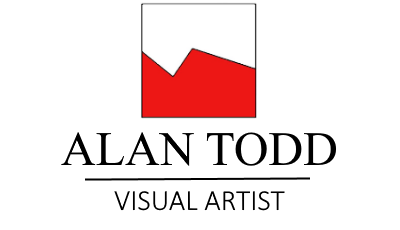In 1948 Picasso received a cable from America signed by Stuart Davis, Lipchitz and James Sweeney then head of the Museum of Modern Art in New York, asking that he be part of a protest against the attack on modern art by certain senators who considered such art as anti-social and subversive. He declined. For him, art was meant to be subversive and artists, anti-social by nature, were never meant to fit in. Any attempt to corral artists had always failed even when the artists asked to be gathered in a social cause as with the Abstract brethren in and around the rise of communism in Russia and the Futurists in Italy. The state had no need of a multi-legged dog or a Malevich black square. In refusing, politely, Picasso said that modern art was already dead in that there was no longer an Academy and its thinking to rebel against. Rebellion had become so mainstream that the act of rebelling no longer had meaning. That was almost a century ago. In fact, a number of Surrealists at the time including Paul Eluard, realising that they were becoming increasingly irrelevant, took to the streets in an attempt to be noticed by the authorities and shouted anti-establishment slogans until they were arrested by the police who were often their target anyway. The longer the stay in prison and the more physically battered the artist after their days in the cells, the greater the kudos. Shouting slogans in the streets has become so mainstream nowadays and so cliched with ‘what do we want’ as to become just as meaningless as it was in 1948.
But what of art? Is it still the tool of rebellion or has it become totally ineffectual? The ability to shock has certainly diminished when Koons can erect a life-like sculpture dedicated to a couple having sex and no one pays any attention [except the copyright authorities once again knocking at his door]. It’s not surprising really when porn is everywhere. Even the dedicated few pushing agendas of incipient racism and sexism have ceased to be more than a passing headline. So, what is there to rebel about? Can art ever have that function again in a time of not just laissez-faire, but indifference? And if the idea of rebellion has lost any potency or sense of purpose, what purpose then does art have? Some might say that the very question is irrelevant. Art just is and everybody, seemingly is an artist. Perhaps we have reached the nirvana of artistic existence – total acceptance and integration. Or is it simply that there is no longer anything to say. Given the number of abstractionists, landscape painters and portraitists going around, perhaps there is nothing new and the lot of artists is to feed the endless cycle of wall decoration in perpetuity.
Some might consider the role of art to be therapeutic. The plethora of you tube videos, lessons in the making of art and groups gathering under the direction of an artist to all paint the same picture, must have some therapeutic value. Self-expression. The right of everyone to open up on canvas. Freud would be delighted. Hegel would be cheering.
Plato, that man of words who dreamed of an ideal society had no use for poets or artists. Banning them from Utopia was high on his social agenda. He might be surprised to discover that according to the tax departments of Australia, Britain and the USA there are respectively 48,000. 55,000 and 600,00 artists registered as earning enough money to warrant tax being retrieved. In relative terms there are far more people earning their livings in other ways but if one artist or poet was anathema to Plato’s sense of order and purpose, the idea of 600,000, might have induced apoplexy. However those figures were arrived at [they were current in 2019] there are in fact probably far more dabblers and craftspeople than can be counted, all contributing to the GDP. In the end, perhaps that is the only value of artists. Sotheby’s, the other auction houses, and the gallery system, see only one value for artists and their endless efforts at self-expression, social counter-balancing and political agitation. Even the much-vaunted street artists living outside the mainstream and adding to the urban jungle on a nightly basis have lost their sting. Local councils employ them to do what they so vehemently objected to a few years ago and they have gone the way of punk rock and the loft-dwelling abstractionists in 1940s New York. An ex graffiti artist I know has gone from being dangled by her ankles over a bridge stanchion with a spray can in hand to painting colourful murals in shopping centres. At least she gets paid these days.
A recently executed Australian drug smuggler left a legacy of paint on canvas in his Bali jail cell just in case he needed the kudos to enter either heaven or hell. In one case it was proof of his reform of character and in the other, his proof of madness and the reward for rebelling against the tenets of decency. A bob either way, really.
